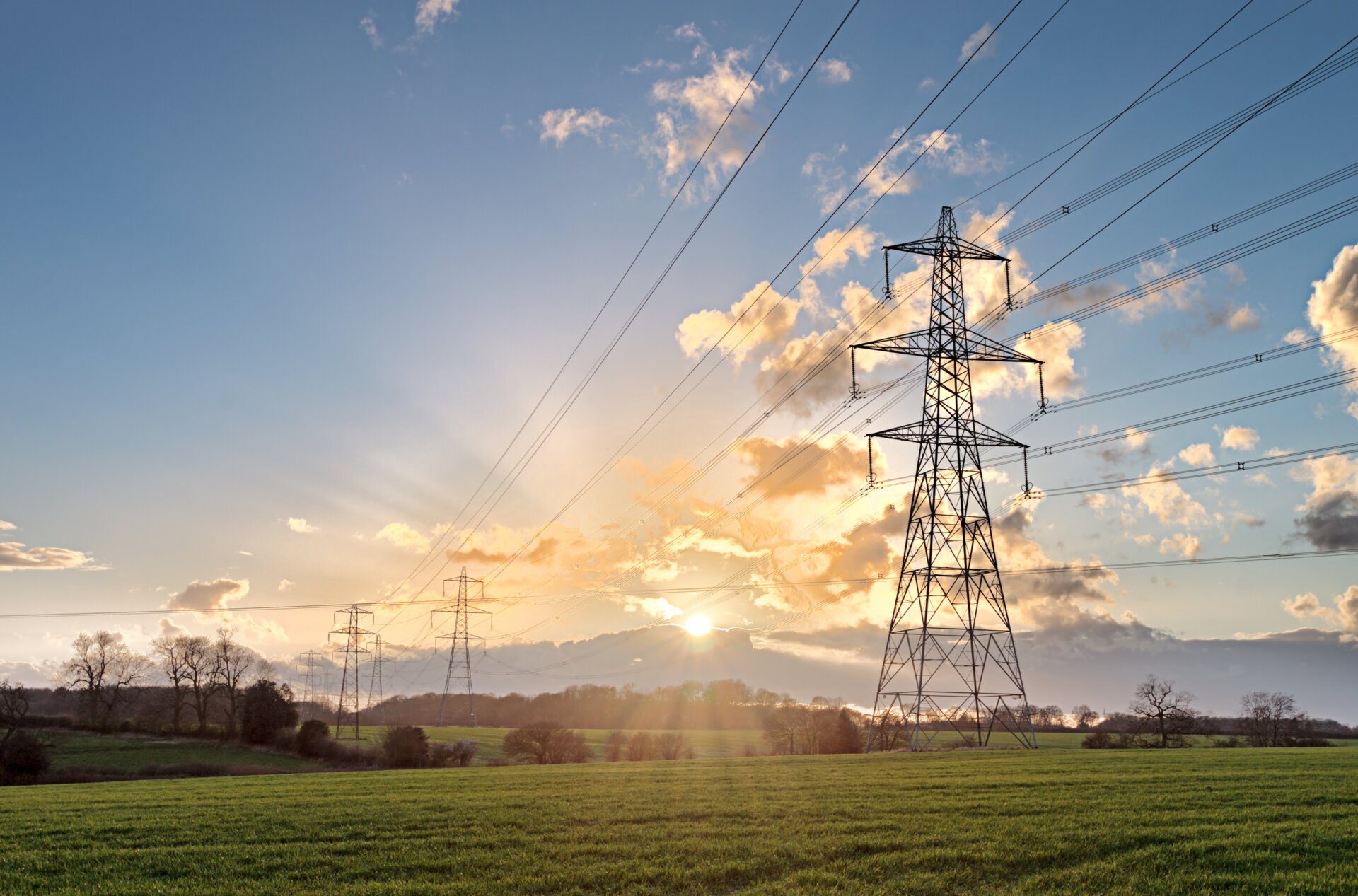Climate and energy have consistently featured highly among the new UK Prime Minister’s priorities for resetting UK-EU relations. Likewise, the new Foreign Secretary David Lammy has made many references to climate and energy when outlining his priorities for “reconnecting” with Europe.
What does the new UK government hope to achieve?
Before the election, there were reports that Labour planned a “twin strategy” for closer UK-EU relations if it won power – consisting of:
- A Security Pact – with a broad definition, covering areas such as migration, linking Emissions Trading Schemes (ETS), or a joint agreement on critical raw materials.
- A veterinary trade deal – under which the UK would align with the EU’s rules to facilitate trade in food and agriculture, also resolving some Northern Ireland trade issues.
Since the election, David Lammy has offered more detail on the Security Pact – hoping it would be “wide-ranging”, including climate and energy among its priorities.
The Foreign Secretary intends for the Security Pact to resemble the US-EU Trade and Technology Council (TTC) in terms of functionality – a structure for closer political engagement, with regular ministerial summits and official working committees.
However, David Lammy’s latest interventions on UK-EU have been vague on specific areas for deepening cooperation on climate and energy – for instance, not mentioning UK-EU ETS linkage – although he has made general references to cooperation on critical raw materials.
Priorities for deepening UK-EU climate and energy cooperation
For now, the important signal is that climate and energy will be central to the UK’s plans for resetting EU relations – and that this will be reflected in two main areas:
- Near-term – through the Security Pact, most likely covering areas of international cooperation such as climate diplomacy or international trade-related topics such as critical minerals, as well as reflecting the EU’s likely priorities around competitiveness, industrial policy, cleantech or supply chain resilience.
- Medium-term – through the review of the UK-EU Trade and Cooperation Agreement (TCA) expected in 2026, under which a series of bilateral areas for climate and energy cooperation remain outstanding. The TCA review is currently due to be a technical exercise, however, political attention will be key to unlocking progress.
Piecing these two together, the UK and EU climate and energy to-do list looks as follows:
| Topic | Importance | Deadline |
| Electricity trading arrangements – improved post-Brexit terms | Improved electricity trading will be vital to achieving shared energy security and power sector decarbonisation commitments in both the UK and EU. The European Commission has historically blocked agreement of improved post-Brexit terms due to poor overall UK-EU relations, but improved relations should unlock progress. | Deadline missed in 2022, as set in the UK-EU TCA. An urgent priority to fix ahead of 2026. |
| North Seas Energy Cooperation (NSEC) forum – UK participation | Maximising renewables investment and transitioning away from oil and gas in the North Sea is central to Labour’s plans on climate and energy. Likewise, European neighbours are also deeply committed to collaborating to maximise the energy security and power sector decarbonisation potential of the North Sea. | Partially met in late-2022 following UK securing observer status. However, the UK is still locked out of key aspects like planning. European neighbour countries wish to see fuller UK membership. |
| Carbon pricing – including UK-EU Emission Trading Scheme (ETS) linkage | UK-EU alignment on carbon pricing would benefit both electricity trading and shared industrial decarbonisation goals. In addition, linking the UK ETS with the EU ETS would secure the UK an exemption from the EU’s Carbon Border Adjustment Mechanism (CBAM), avoiding serious complexity, including for Northern Ireland. | End-2025 – ahead of full introduction of the EU CBAM in 2026. |
| International climate and energy – including through the UK-EU Security Pact | UK-EU leadership on climate diplomacy and international initiatives will be an important driver of increased international ambition, requiring increased coordination through, but not limited to, the potential Security Pact. | End-2025 – by the COP30 UN climate summit in Brazil. |
| Electric vehicles and batteries – rules of origin requirements | The EU has recently imposed tariffs on Chinese batteries and electric vehicles. The UK has yet to decide whether to follow. However, under the UK-EU TCA, the EU will be able to raise tariffs on the UK in future if too many electric vehicle components are sourced from China, an issue that should be anticipated and discussed well before the deadline. | End-2026 – in 2027 the EU could impose stricter rules of origin requirements on the UK under the UK-EU TCA – original deadline extended in late-2023. |
The UK and EU are considering their first major bilateral summit in early 2025, following both of their elections this year. However, preparation must start now, since for many shared climate and energy priorities, deadlines are fast approaching.
Lastly, as much as increasing clarity from the UK on what it hopes to achieve on climate and energy with the EU is helpful, greater trust-building and engagement on what the EU hopes to achieve, as well as better articulation of the shared benefits of this agenda, will be vital if UK-EU climate and energy cooperation is to deepen.



